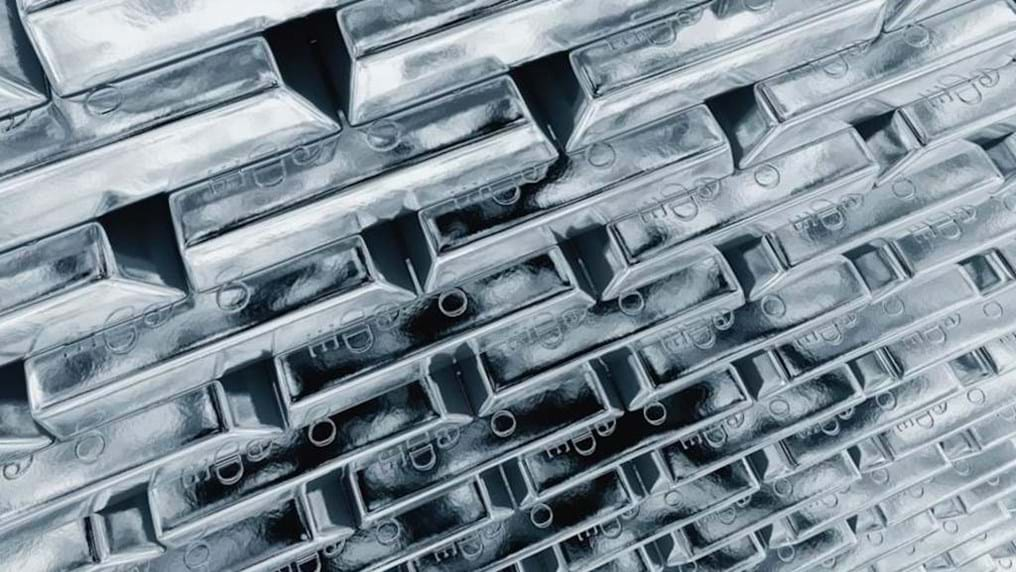Day 247: Youthful enthusiasm and precious metals

29th January 2015
Author: Geoff Maitland, IChemE President 2014–2015.
Just a few hundred tonnes are mined each year from naturally occurring sources and as a by-product of nickel and copper processing.
Most of it comes out of Africa and its rarity, combined with its uses, make it precious and sought after by both investors and industry.
Platinum has a high resistance to corrosion even at high temperatures. It allows the transmission of electric current and is used in many products including pacemakers, solar cells, electrodes, drugs, oxygen sensors, spark plugs.
It is also a valuable catalyst and around half of platinum's annual production is used to control vehicle emissions in catalytic converters.
Demand for platinum is high and during the economic meltdown in 2008, its value rose to nearly £50 per gram (US$70 per gram).
Current values are a more modest £27 per gram (US$41 per gram), but still high enough to attract the attention of researchers to find a less costly alternative to platinum.
Researchers at the University of Alabama have developed a new electrode material called NanoCOT, which they say has many of the same electrical properties as platinum, but is less than half of the cost and is cleaner to produce as well.
NanoCOT is composed of carbon, oxygen and titanium. In addition to using these abundant elements, the new material is nanostructured, which allows for customization and increased surface area.
The next step is to commercialise NanoCOT and one of the young entrepreneurs involved in the project is chemical engineer Natalie Anderson.
Natalie says: “NanoCOT outperforms platinum in conductive properties and could be used in medical devices, hydrolysis, and in medical engineering,
“We think it could be used more towards hydrolysis – splitting water into separate oxygen and hydrogen ions – but there are so many uses for it.
“It’s really exciting. I’m a chemical engineering undergrad so I never thought I’d be involved with the medical side of things, but it’s really cool to know that if (NanoCOT) can be commercialised, it could really help in the long run. It’s incredible.”
Of course, all of this youthful excitement and enthusiasm needs an outlet and we all know the challenges of commercialisation.
In Alabama, they have an answer and have established an initiative called Alabama Launchpad, which supports entrepreneurs and business start-ups.
Natalie and NanoCOT are competing for a share of up to $250,000 (£165,000) in award money. The scheme is financed by business, the state of Alabama and seven universities. Since its inception in 2006, more than $1.5 million has been awarded to 35 companies.
Sounds like an excellent model and any competition which is geared to promote, reward and increase the pipeline of high-growth, innovative ventures that have the potential to create jobs is worthy of a mention in ChemEng365.
Thanks for reading!
ChemEng365 blog
Geoff Maitland launched this blog during his IChemE presidency in 2014. ChemEng365 features 365 chemical engineering successes and achievements throughout his year-long presidency.